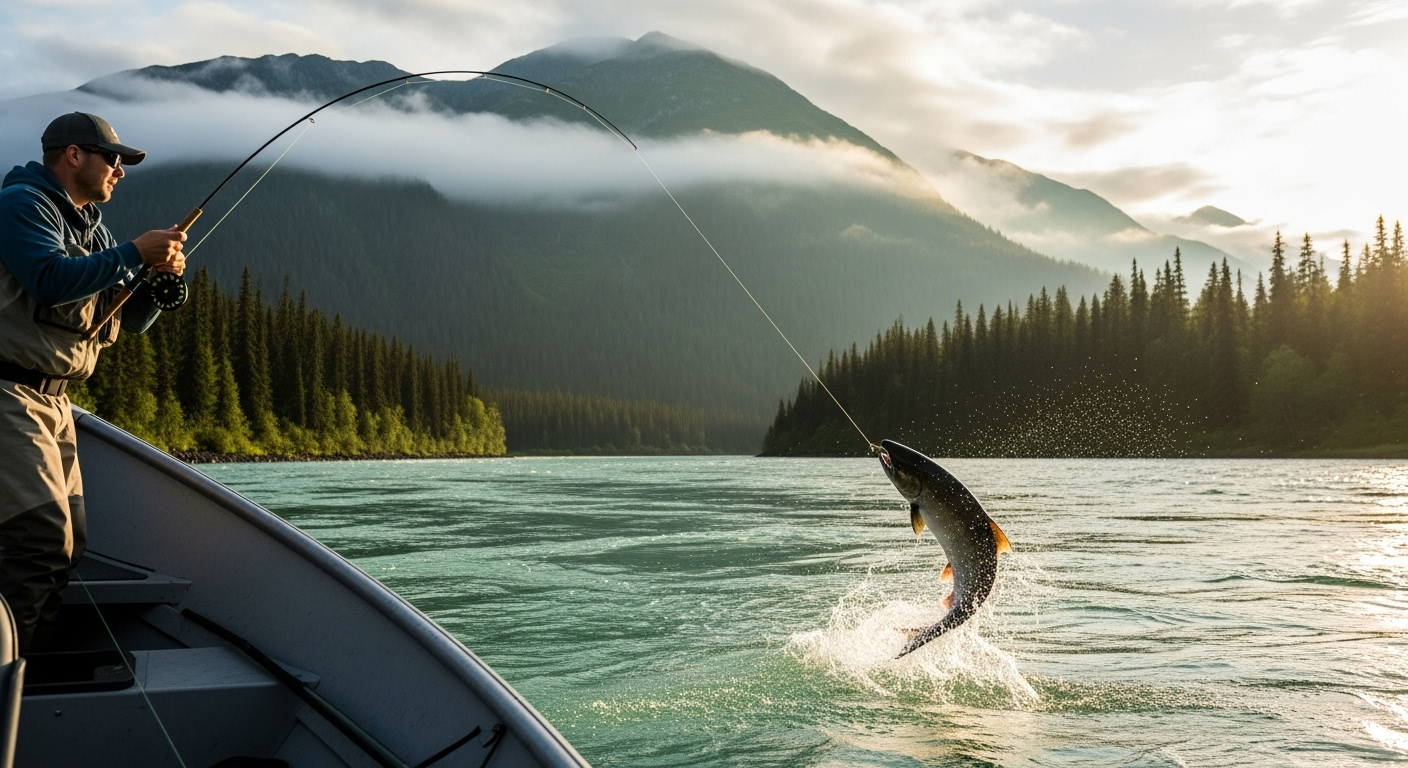Fishing: Techniques, Boats, and Water Safety
Fishing is a widespread activity that ranges from casual shore angling to organized tournaments and commercial operations. It combines practical skills — knot tying, bait selection, casting — with knowledge of habitat, seasons, and regulations. Whether you’re going out on a small boat or casting from a shoreline, understanding gear, safety on the water, and species-specific tactics improves success and enjoyment while helping protect fish populations and aquatic environments.

Fishing: techniques and common approaches
Anglers use a mix of techniques depending on target species and location. Common approaches include bait fishing (natural bait on a hook), lure fishing (artificial lures mimicking prey), fly fishing (lightweight flies presented with a specialized cast), and trolling (moving a lure or bait behind a moving boat). Seasonal changes, water temperature, and time of day influence fish activity. Learning to read water, such as structure, current seams, and weedlines, helps place casts where fish are most likely to feed. Practice improves casting accuracy and the ability to detect subtle bites.
Boat selection and types
Choosing the right boat depends on where and how you plan to fish. Small jon boats and skiffs work well in calm, shallow water while larger center-console and cabin boats are suited for offshore trips. Kayaks and inflatable boats offer portability for paddlers. Consider hull type, capacity, storage for gear, and how you’ll transport the boat. If you need support services in your area — storage, trailer maintenance, or training — check local services and marinas to compare features and access. Safe boat handling and basic maintenance prolong service life and reduce risks on the water.
Fishing boat essentials for anglers
A fishing boat should prioritize stability, storage, and practical layout for casting and moving around. Essentials include an appropriate anchor, life jackets for every passenger, a reliable bilge system or pump, and navigation lights. Rod holders, live wells, and tackle storage keep gear organized, while a fishfinder or GPS can expedite locating productive spots. Properly stowing batteries, fuel, and safety gear reduces hazards. For trailered boats, inspect hull integrity, trailer lights, and tires before launching. Understanding local regulations for boat equipment and licensing is part of responsible ownership.
Water safety and environmental considerations
Safety on the water begins with planning: check weather forecasts, file a float plan, and know local regulations and restricted areas. Always carry personal flotation devices, a communication device, and enough water and sun protection. When fishing, follow catch limits, size regulations, and seasonal closures to support sustainable fish populations. Avoid littering and minimize discharge of pollutants; use biodegradable or non-toxic products where possible. Respect aquatic vegetation and spawning areas by anchoring away from sensitive beds. These practices protect ecosystems and help preserve fishing opportunities for others.
Bass boat specifics and uses
Bass boats are specialized for freshwater sport fishing and are typically low-profile, fast, and equipped for casting on lakes and rivers. They usually include a casting deck at the bow, pedestal seats, live wells for keeping catches, and trolling motors for quiet, precise maneuvers. Hull designs favor stability and speed over rough-water capability, so they are best used in relatively sheltered water. If you plan to buy or rent a bass boat, match its features to your fishing style — for example, battery capacity for long trolling-motor use, storage for rods and soft plastics, and reliable shallow-water performance.
Fishing ties together knowledge of species, equipment, and habitats. Whether using a small boat or angling from shore, attention to technique, boat readiness, and water safety increases chances of a productive and responsible outing. By following regulations and minimizing environmental impacts, anglers contribute to sustainable fisheries and quality experiences for others in the future.






